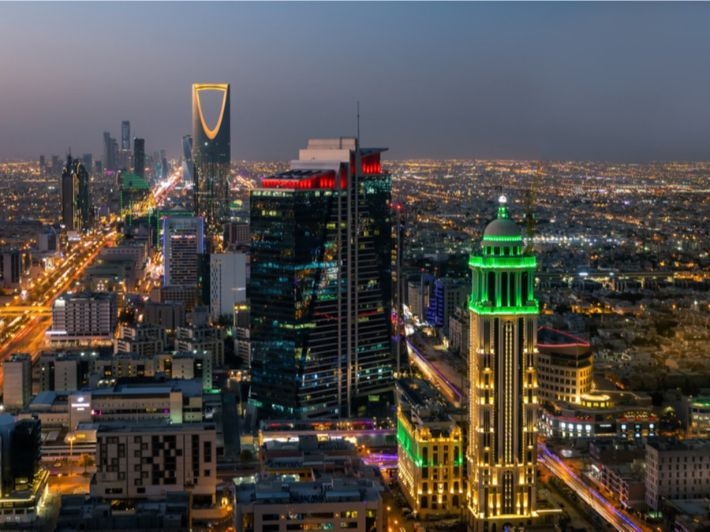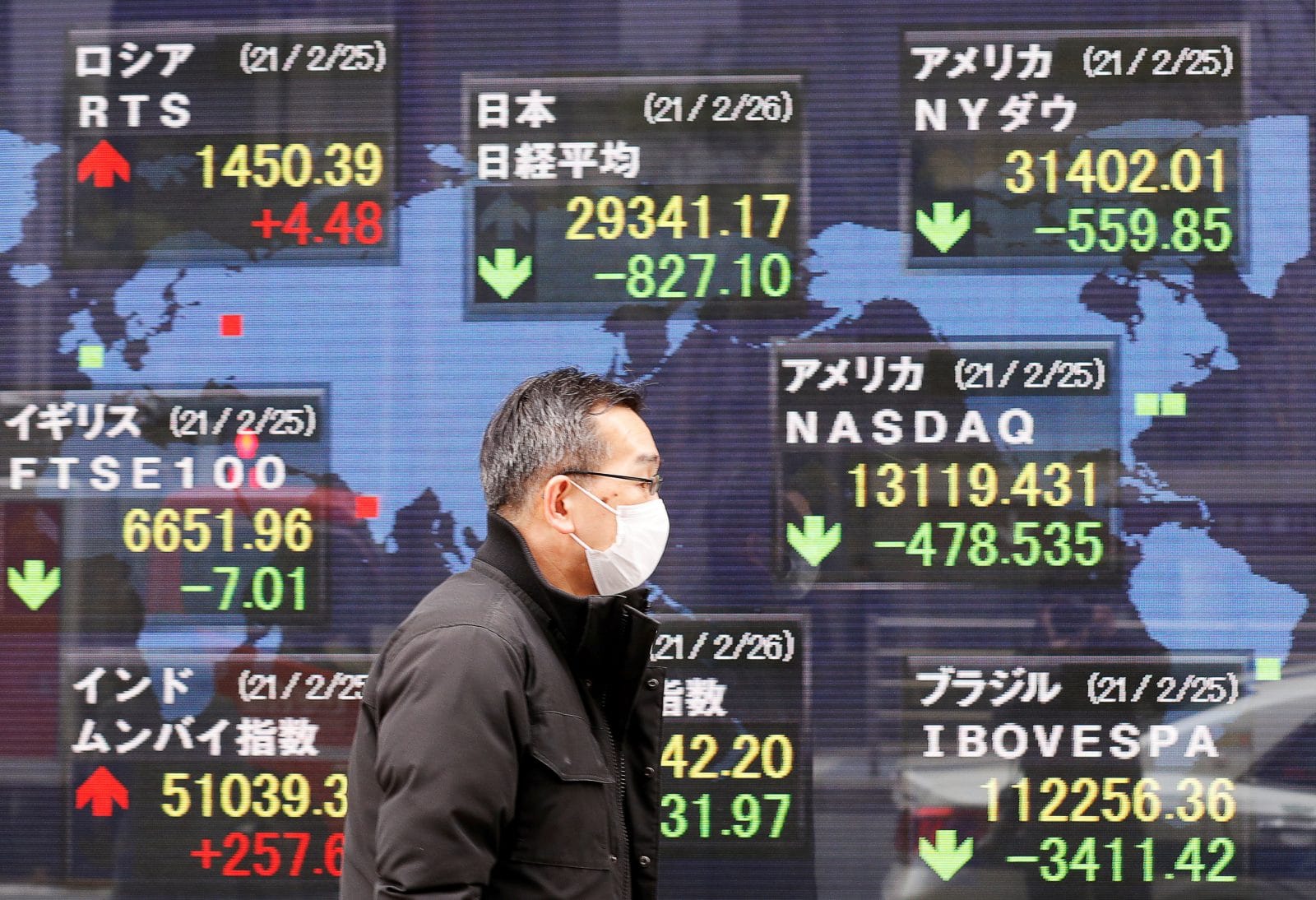Publisher: Maaal International Media Company
License: 465734
Saudi non-oil revenues cover 35% of budget expenditures by the end of 2024
Data issued by the Ministry of Finance showed that the state budget has achieved remarkable progress in covering non-oil revenues for major expenditures by the end of 2024. According to (Mal) analysis, this percentage increased from 17% in 2015 to 35% by the end of 2024.
This progress is considered an important part of the Kingdom’s Vision 2030, which aims to reduce the risks associated with oil price changes on public finances. This percentage is expected to continue to rise in the coming years, especially after the completion of Vision 2030 projects. The Kingdom has good opportunities to diversify its sources of revenue, such as the mining sector, industry, logistics services, and tourism. Although these sectors are still in their infancy, their development will have a positive impact on public finances and the Kingdom’s economy.
The Kingdom’s Vision 2030 aims to diversify the financial base of the budget away from the effects of fluctuations in oil revenues. During 2015, the coverage of total expenditures from non-oil revenues was around 17%. Then, 2016 witnessed the imposition of the value-added tax and other types of taxes, and thus it jumped in that year to reach 22%. Then, the percentage continued to increase in coverage to reach about 27% in 2017 and 2018. While in 2019, the coverage of expenses from total non-oil revenues achieved a rate of 31%, in 2020 the coverage rate of main expenses from non-oil revenues reached 34%, and the increase in the rate is due to raising the added value from 5% to 15%, and in 2021 the coverage rate rose to 39%, and this increase is due to the increase in spending within the economy and the recovery that occurred after the Covid-19 crisis. During the years 2022 and 2023, the coverage rate of non-oil revenues from total expenses stabilized at 35%, and it is expected that the coverage rate will reach 35% by the end of 2024.
اقرأ المزيد








